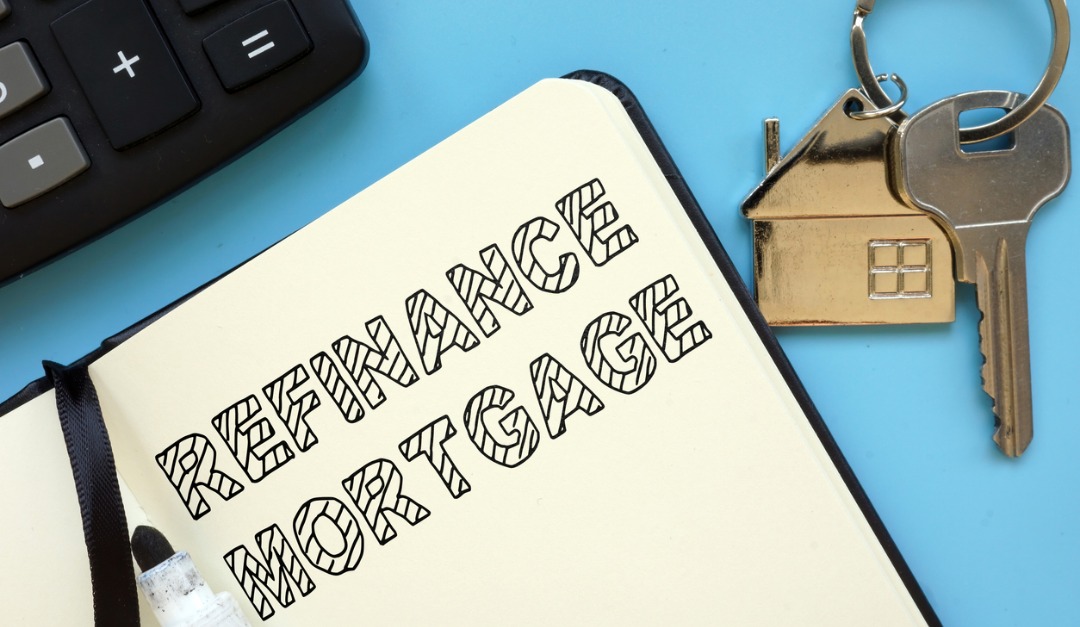Over the summer of 2020, refinances of existing mortgages rose over 200 percent, according to Realtor.com. Driven by the lowest interest rates and the highest home prices in recent history, many homeowners are opting to skip the frustrations of moving in favor of lowering their current monthly mortgage payments.
Investopedia.com warns that refinancing could be a bad idea if it’s done for the wrong reasons, such as taking cash out of your home to invest or consolidating credit card debt. Refinancing comes with considerable costs and fees—typically three to six percent of your loan amount, which can take as long as three years or more to pay back. If you decide to move sooner than three years into the new loan, you’ll lose money. You must also avoid the temptation to “reload” your paid-off credit cards with new balances.
Trading your 30-year mortgage in for a new 30-year loan also doesn’t make sense, as you’ll be adding more years of interest to the term of your loan. But it can work if you have an FHA loan with private mortgage insurance (PMI) that can’t be canceled and you go for a shorter term than your current mortgage. If you have more than 20 percent equity, you can refinance into a conforming loan with no PMI due.
The best outcome is a healthy break-even point where the costs of refinancing are covered by the monthly savings provided by your new loan. Explore the numbers with your lender before deciding.











